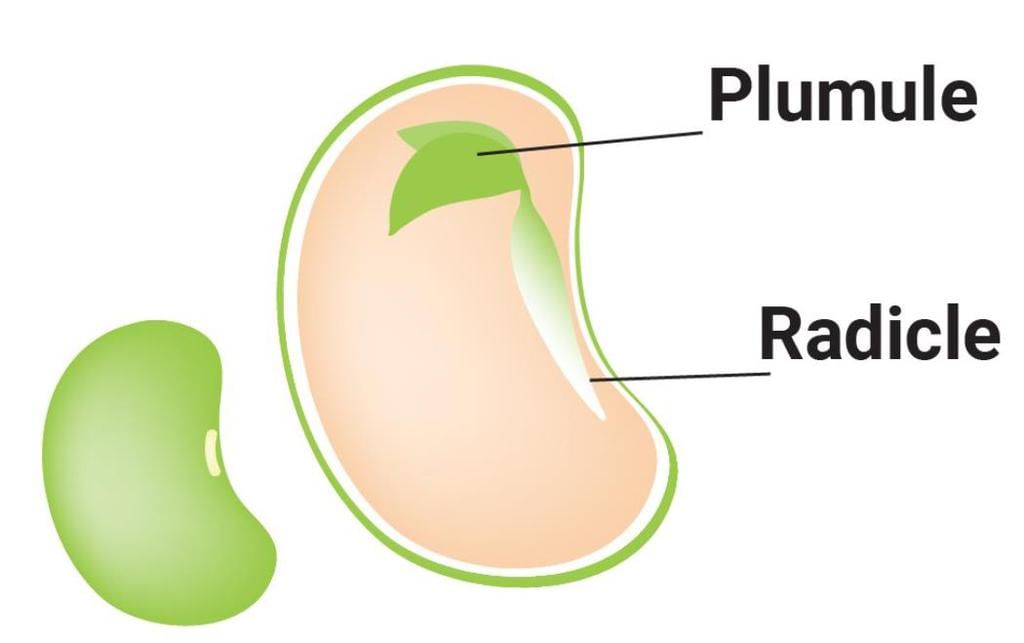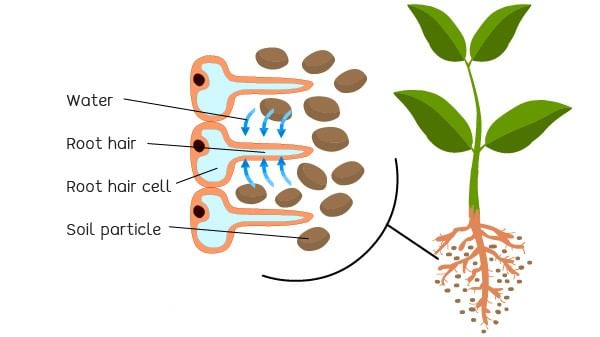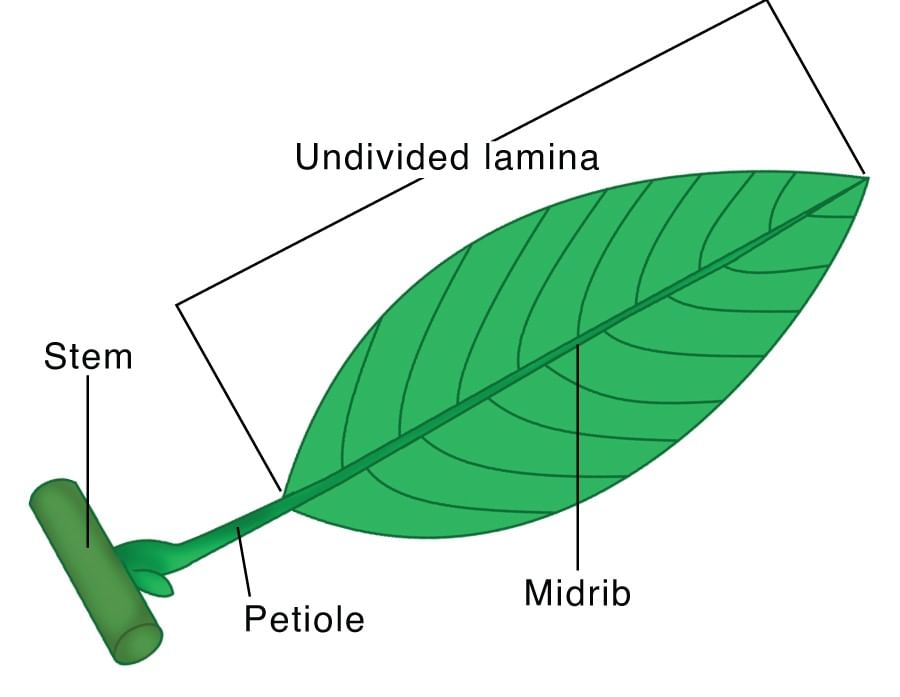NEET Exam > NEET Tests > Test: Roots, Stems and Leaves - 1 - NEET MCQ
Test: Roots, Stems and Leaves - 1 - NEET MCQ
Test Description
10 Questions MCQ Test - Test: Roots, Stems and Leaves - 1
Test: Roots, Stems and Leaves - 1 for NEET 2025 is part of NEET preparation. The Test: Roots, Stems and Leaves - 1 questions and answers have been prepared
according to the NEET exam syllabus.The Test: Roots, Stems and Leaves - 1 MCQs are made for NEET 2025 Exam.
Find important definitions, questions, notes, meanings, examples, exercises, MCQs and online tests for Test: Roots, Stems and Leaves - 1 below.
Solutions of Test: Roots, Stems and Leaves - 1 questions in English are available as part of our course for NEET & Test: Roots, Stems and Leaves - 1 solutions in
Hindi for NEET course.
Download more important topics, notes, lectures and mock test series for NEET Exam by signing up for free. Attempt Test: Roots, Stems and Leaves - 1 | 10 questions in 10 minutes | Mock test for NEET preparation | Free important questions MCQ to study for NEET Exam | Download free PDF with solutions
Test: Roots, Stems and Leaves - 1 - Question 1
Which among the following is incorrect about different parts of the leaf?
Detailed Solution for Test: Roots, Stems and Leaves - 1 - Question 1
Detailed Solution for Test: Roots, Stems and Leaves - 1 - Question 2
Detailed Solution for Test: Roots, Stems and Leaves - 1 - Question 3
Test: Roots, Stems and Leaves - 1 - Question 4
Which type of venation is characteristic of most monocotyledonous plants?
Detailed Solution for Test: Roots, Stems and Leaves - 1 - Question 4
Detailed Solution for Test: Roots, Stems and Leaves - 1 - Question 5
Test: Roots, Stems and Leaves - 1 - Question 6
Which type of phyllotaxy is found in mustard plants?
Detailed Solution for Test: Roots, Stems and Leaves - 1 - Question 6
Test: Roots, Stems and Leaves - 1 - Question 7
In which type of inflorescence does the main axis terminate in a flower?
Detailed Solution for Test: Roots, Stems and Leaves - 1 - Question 7
Test: Roots, Stems and Leaves - 1 - Question 8
Reticulate venation is a characteristic feature of:
Detailed Solution for Test: Roots, Stems and Leaves - 1 - Question 8
Detailed Solution for Test: Roots, Stems and Leaves - 1 - Question 9
Test: Roots, Stems and Leaves - 1 - Question 10
In racemose inflorescence, flowers are borne in which sequence?
Detailed Solution for Test: Roots, Stems and Leaves - 1 - Question 10
Information about Test: Roots, Stems and Leaves - 1 Page
In this test you can find the Exam questions for Test: Roots, Stems and Leaves - 1 solved & explained in the simplest way possible.
Besides giving Questions and answers for Test: Roots, Stems and Leaves - 1, EduRev gives you an ample number of Online tests for practice
Download as PDF

















